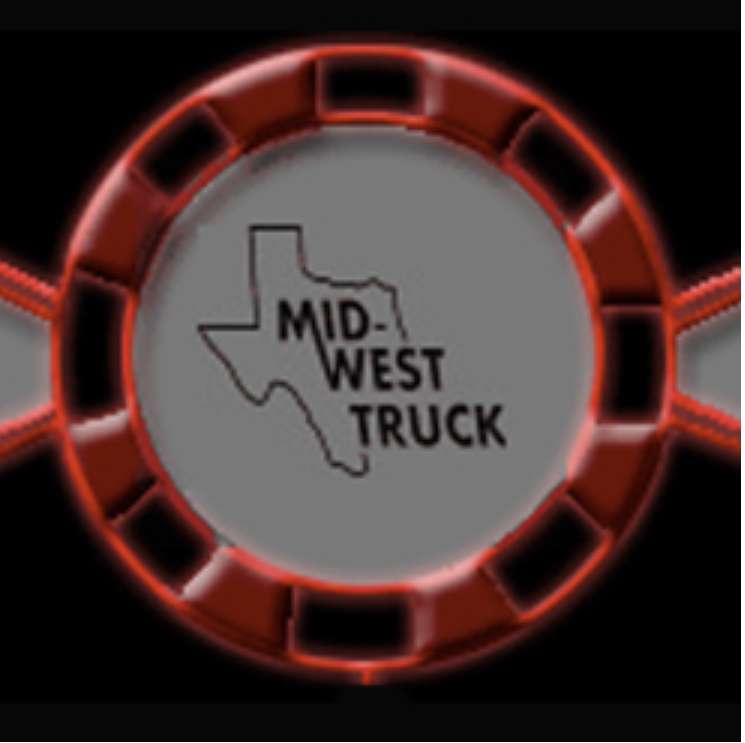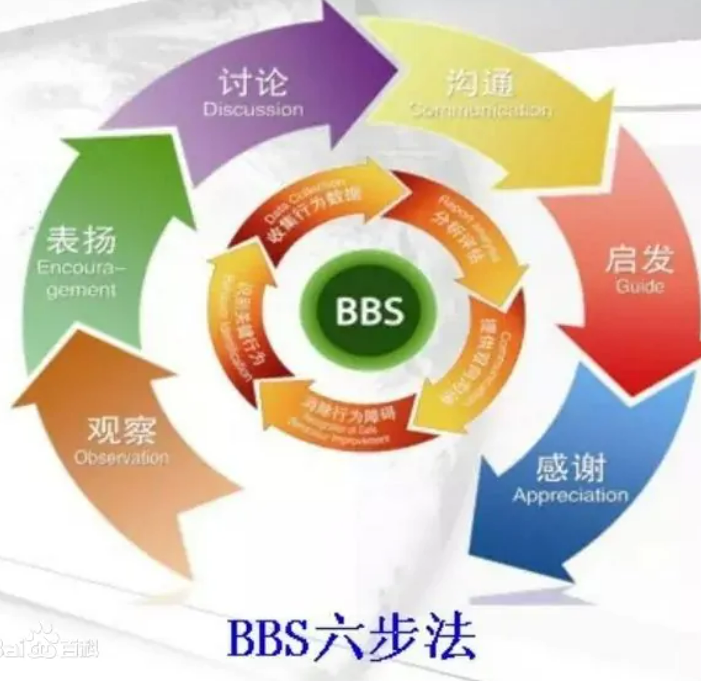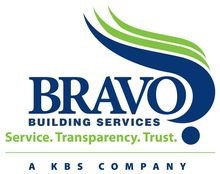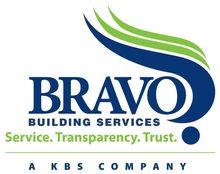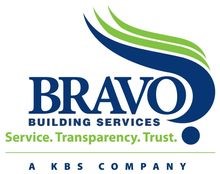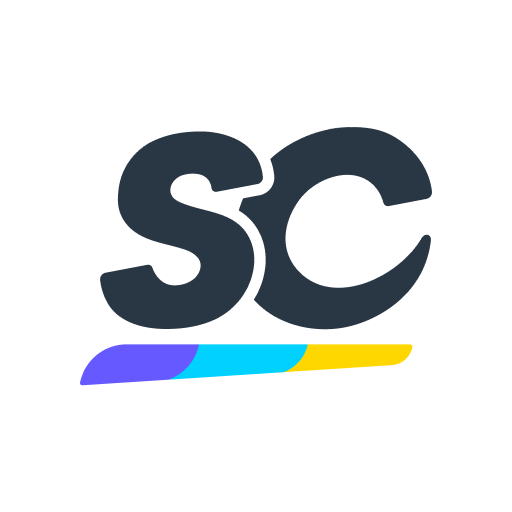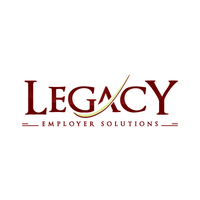Title Page
-
Near Miss
-
# at risk?
-
# safe?
-
BBS observation
-
# safe?
-
# at risk?
-
Date & time
-
Name of Observer
-
Joint Observation?
-
2nd observer name.
-
Home terminal?
-
Customer name? (e.g. Oxy)
-
Customer location? (e.g. rig #) I
-
Description of job being performed?
-
Description of observation?
-
Description of feedback immediately provided?
-
Supervisor feedback?
Analysis of At Risk Behaviors observed.
Check all that apply
-
Type of observation
Answer yes or no to the subgroup which the BBS pertains, and select if at risk or safe.
-
Job Planning
- Yes
- No
- N/A
-
101 Safe Work Permit, tailgate, JSA complete
-
102 Short Service Employees identified and informed
-
103 Avoiding obstacles
-
104 Spotter use hand signals
-
105 Obeying posted signs/limits/warnings
-
Vehicle Operation
- Yes
- No
- N/A
-
201 Basic Safety(lights, seatbelt, signals)
-
202 Speed appropriate to situation
-
203 Use of spotters
-
204 Securing load
-
205 Stabilizing trailer yo remain
-
Forklift Operation
- Yes
- No
- N/A
-
301 Speed of approach
-
302 Angle of approach
-
303 Speeding of lifting load/lowering load
-
Body Mechanics
- Yes
- No
- N/A
-
401 Lifting/ pulling/ pushing/ carrying
-
402 Line of fire
-
403 Eyes on work/ path
-
404 Pinch points/ hand placement
-
405 Pinch points/ body
-
406 Repetitive motion
-
407 Climbing
-
408 Work surface stable and clean
-
409 Positioned to avoid twisting
-
410 Avoiding being sprayed, hit, struck
-
PPE
- Yes
- No
- N/A
-
501 PPE: Hard hat, H2S monitor, eye protection, steel-toed boots, FRC’s, Gloves
-
Tools
- Yes
- No
- N/A
-
601 Proper tool available & in use
-
602 Tool used properly for job
-
603 Wheel Chocks used
-
Conditions not under MWT control
- Yes
- No
- N/A
-
701 Guatds or Protective Devices
-
702 Material/ Tool Storage
-
703 Access to fire/ safety equipment
-
704 Houskeeping
-
705 Waste properly disposed
-
706 Work environment (noise, heat, etc.)
-
707 Tight work space/ crowded
-
708 Emissions/ Discharge
-
709 Spill control equipment
CBI CODE
-
CBI CODE
Root Cause
-
Root Cause
